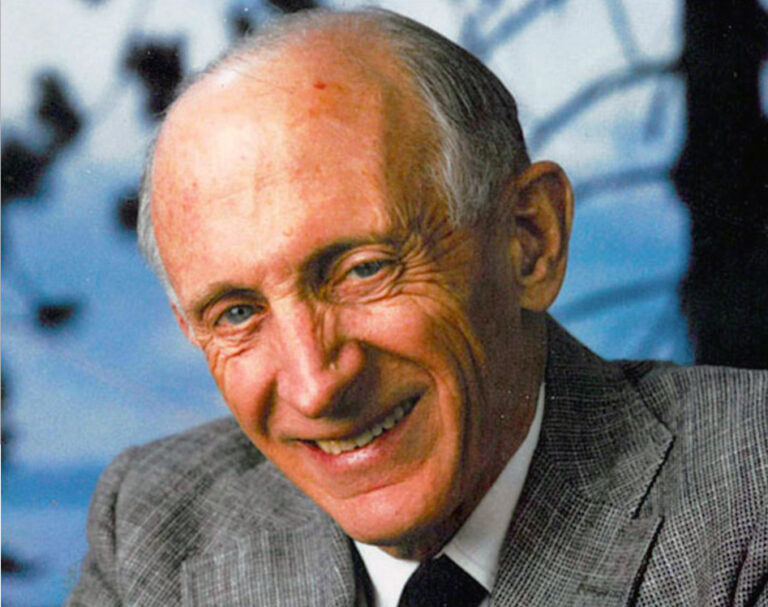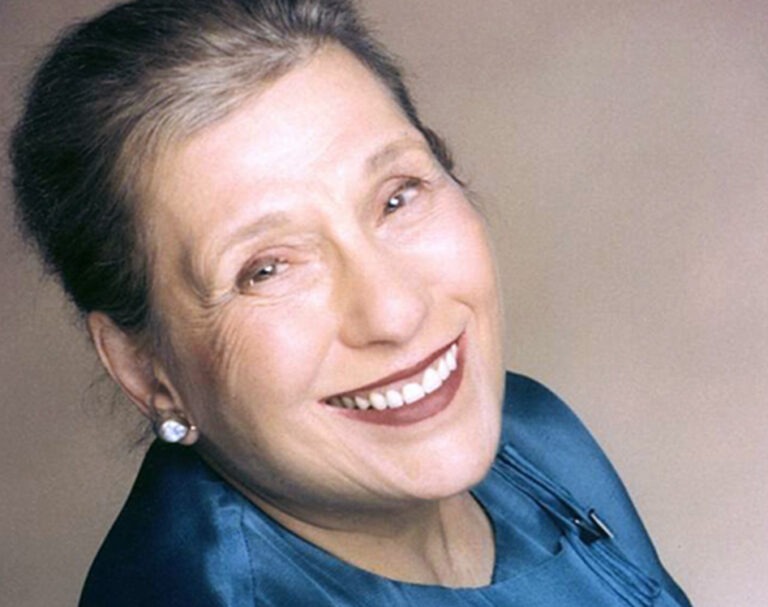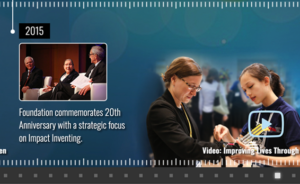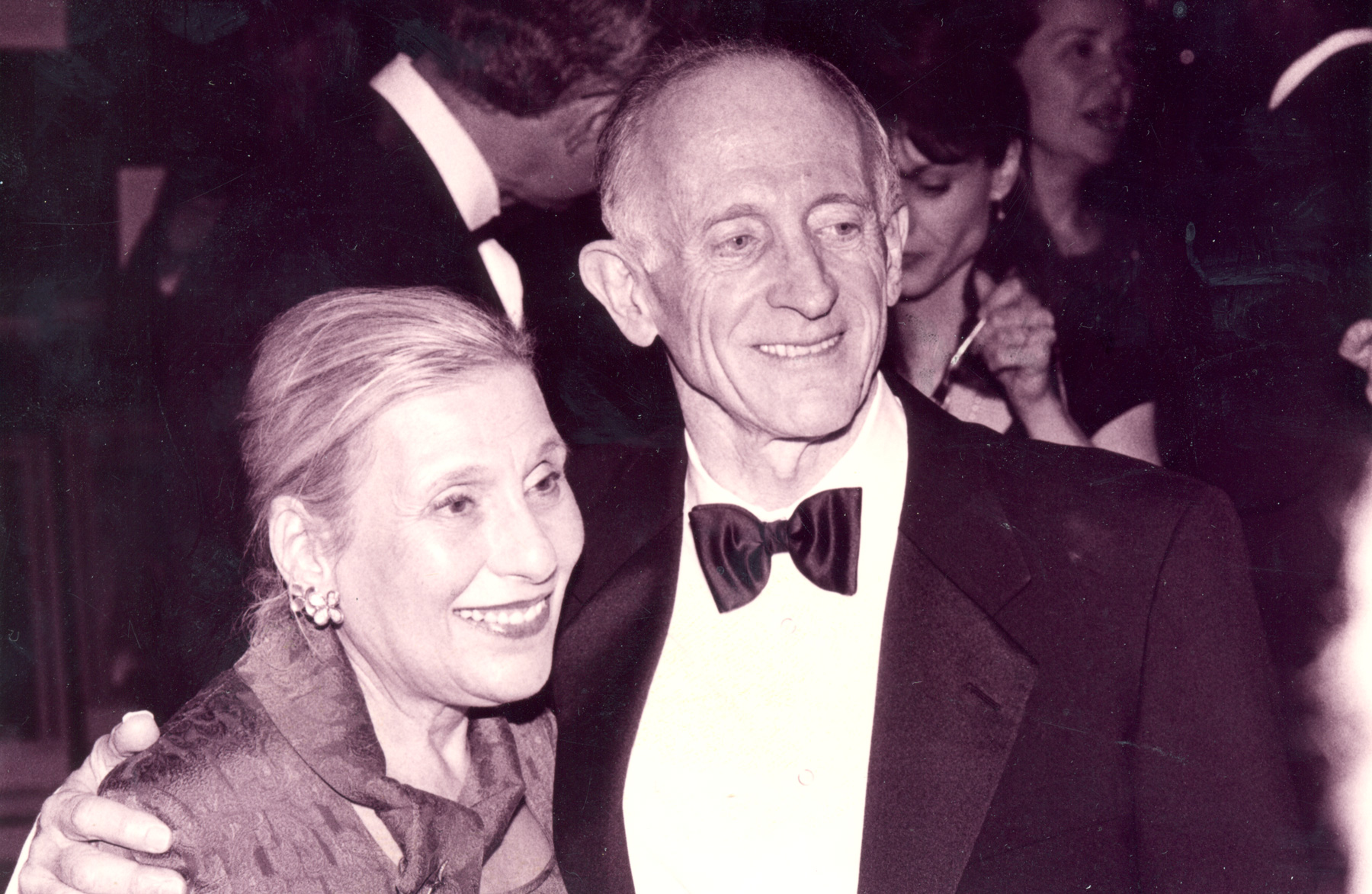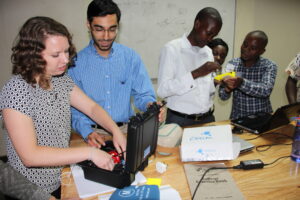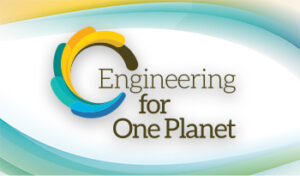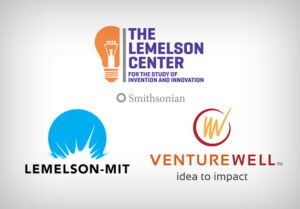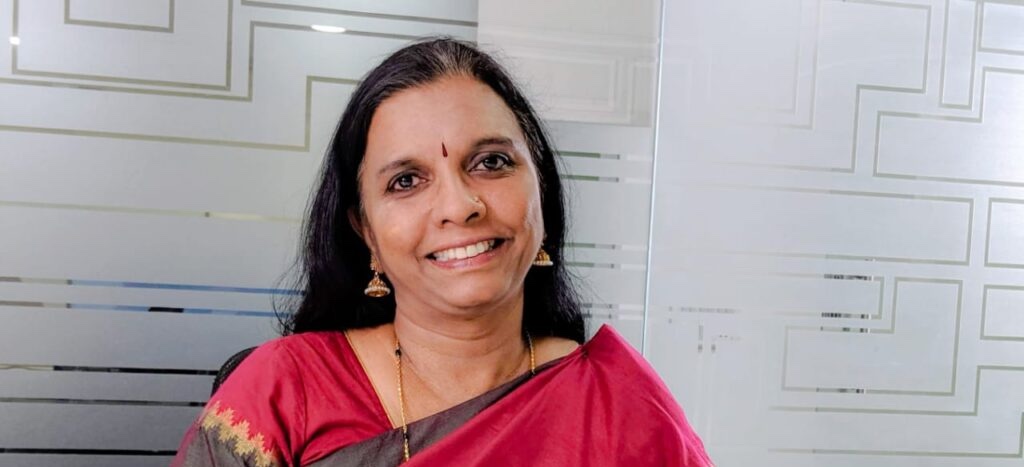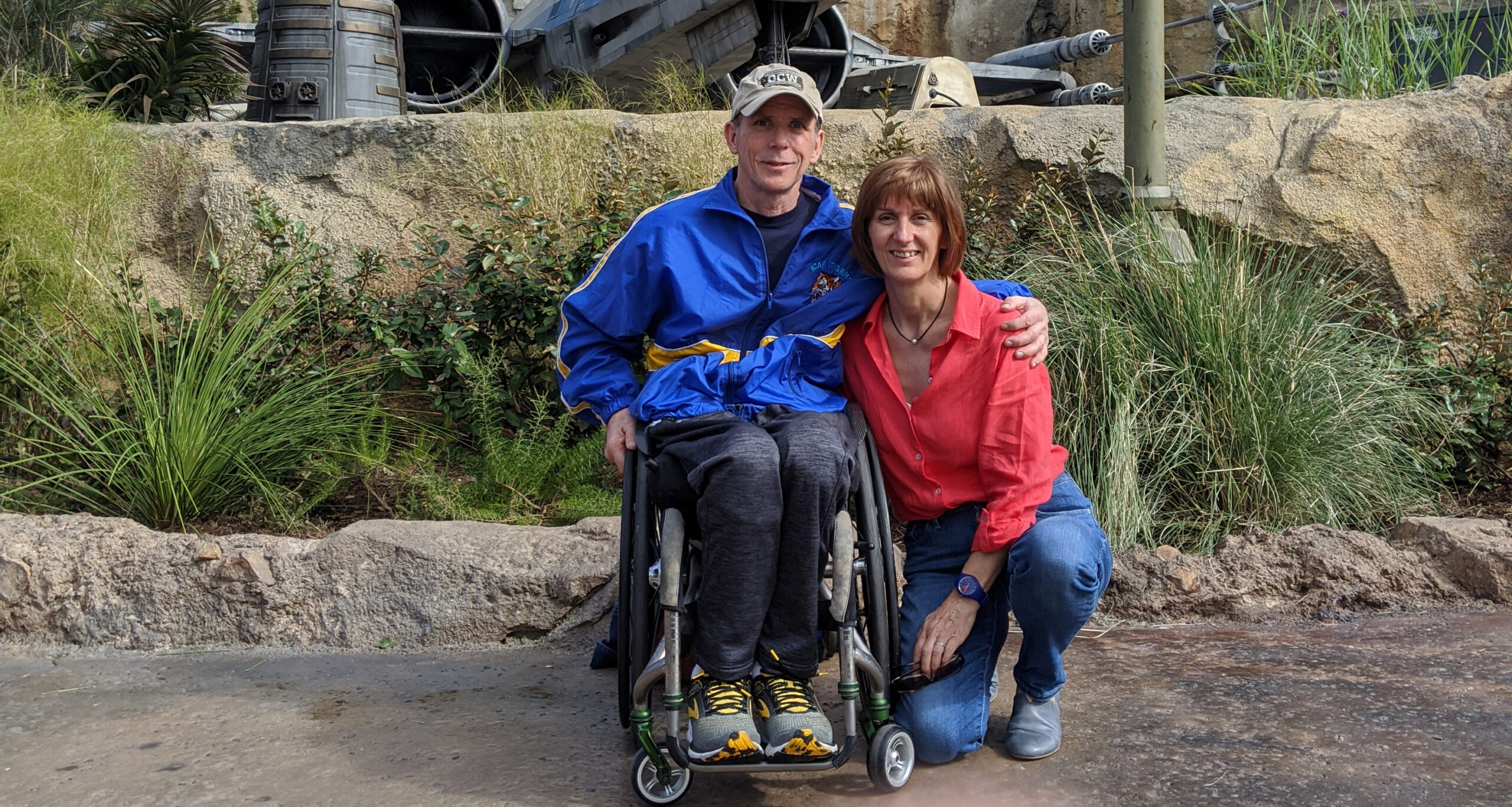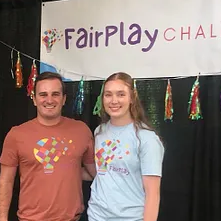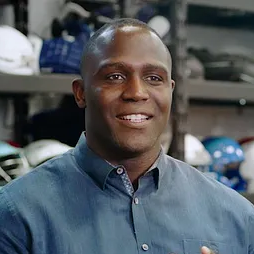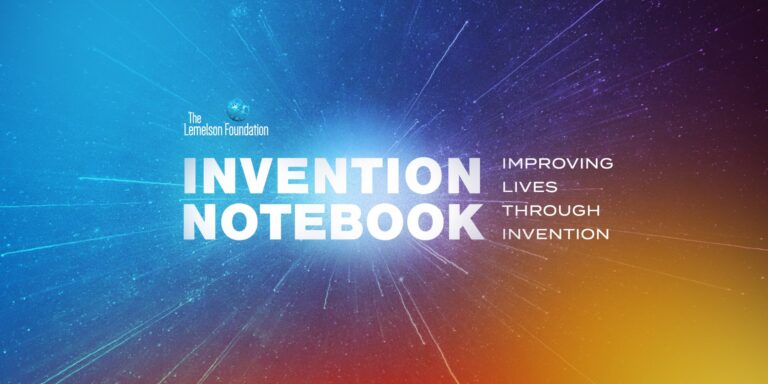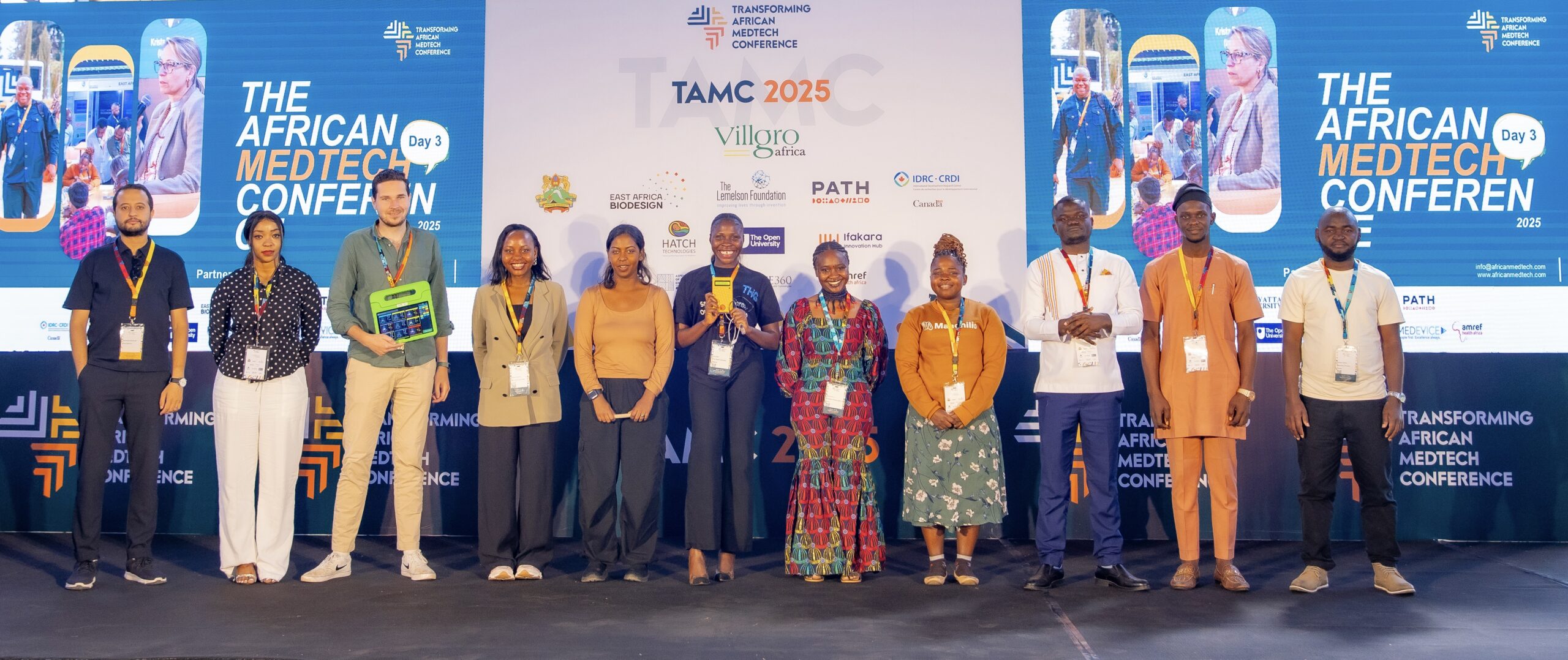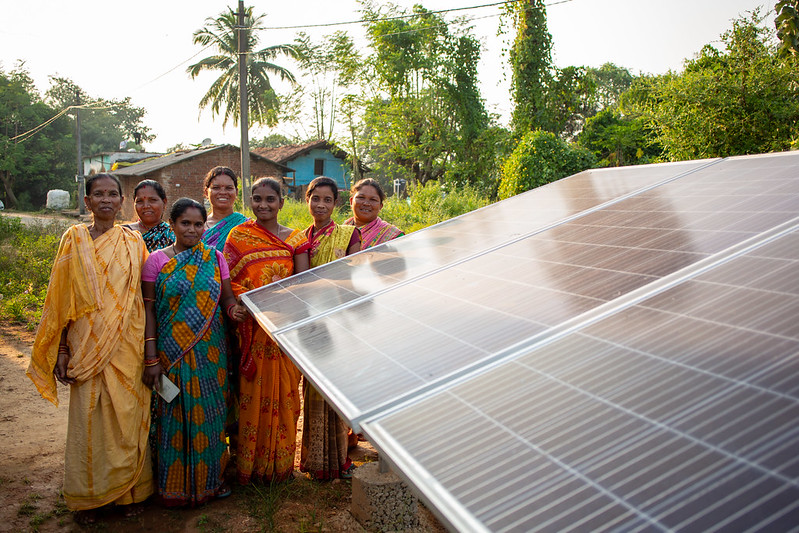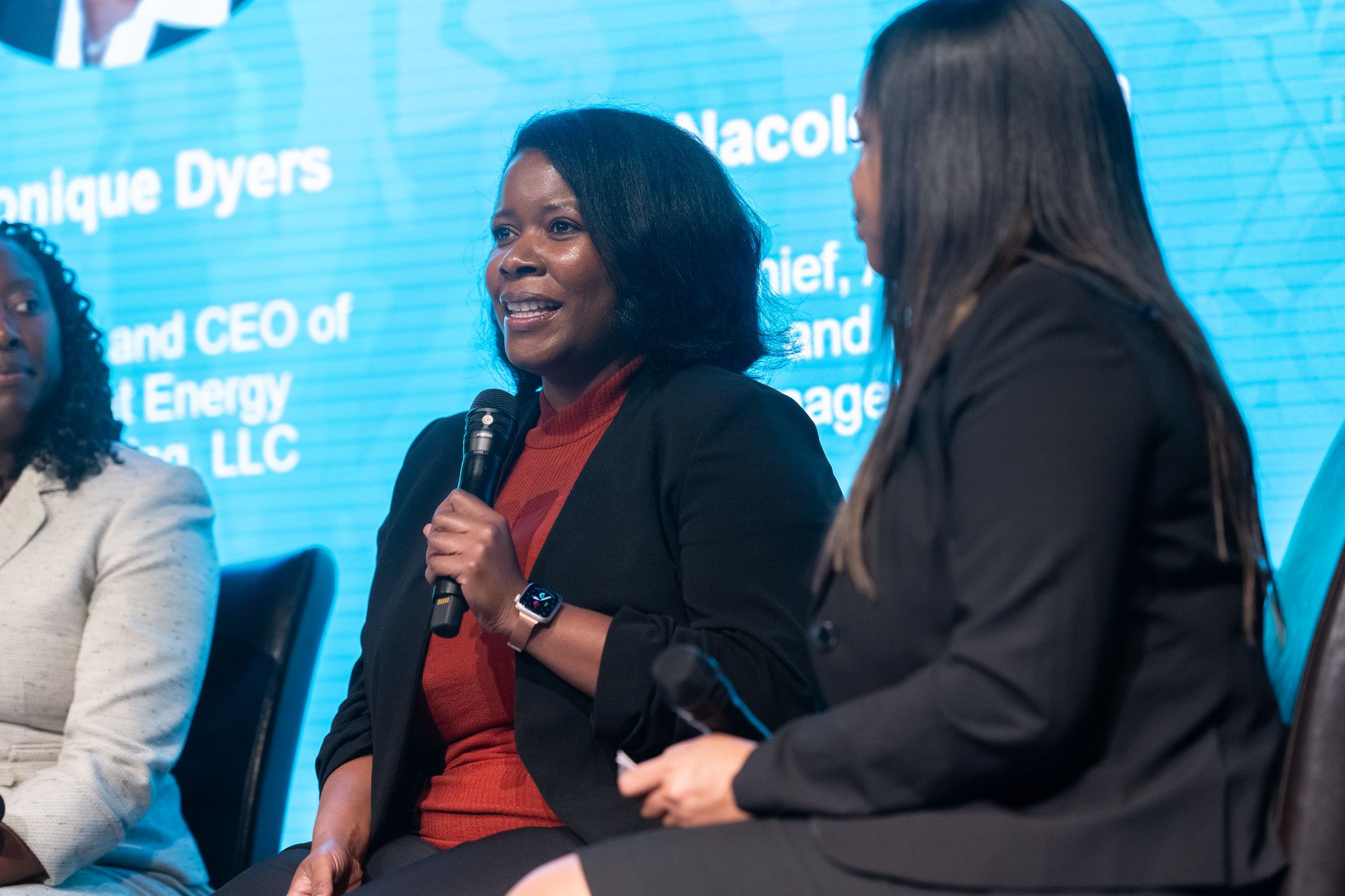Fighting Global Infant Mortality Through Hypothermia Detection
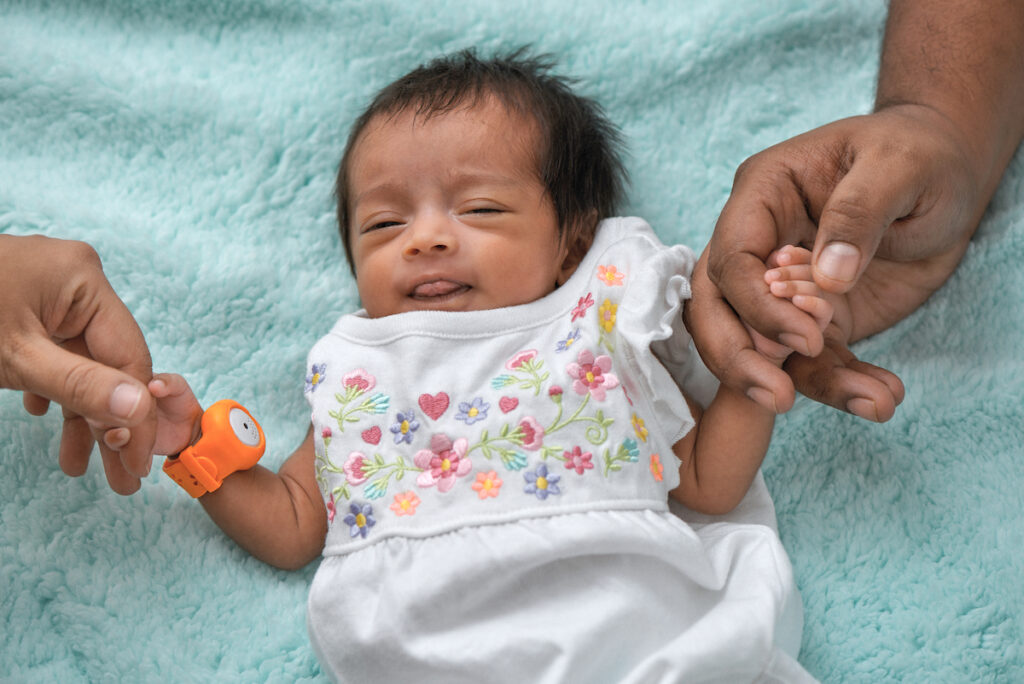
Biomechanical engineer Ratul Narain’s monitoring devices help detect hypothermia and other illnesses in underweight newborns.
Every year, 20 million clinically underweight babies are born worldwide. Of these, eight million are born in India, where many parents don’t have easy access to neonatal care resources. Yet low birth weight — generally defined as less than five pounds, eight ounces — makes newborns vulnerable to a variety of potentially fatal complications, including infection, breathing problems, and hypothermia.
“It’s not a clear, this-is-how-you-solve-it type situation,” says biomedical engineer Ratul Narain. “Those babies aren’t necessarily born premature; they’re just born small.”
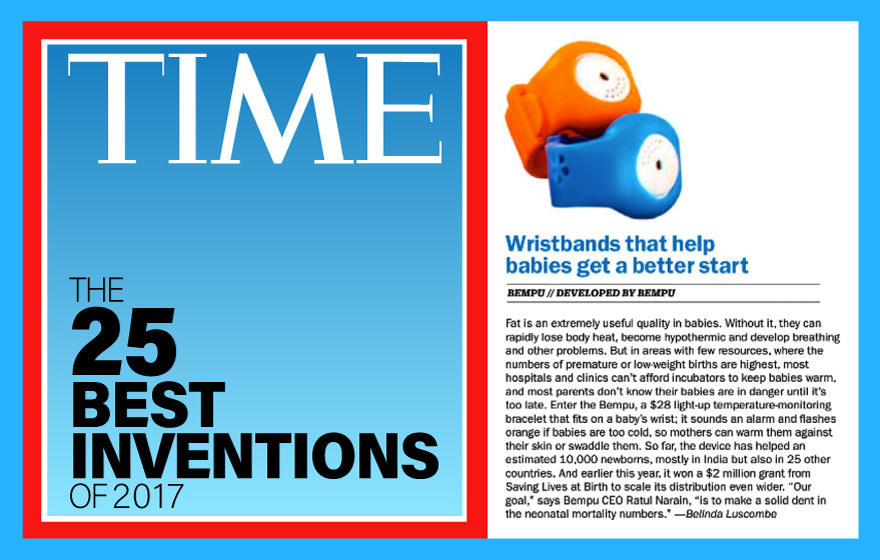
Narain — who was raised in the U.S. and graduated from Stanford in 2006, and is now based in Bangalore — is at the forefront of reducing neonatal mortality in India and other low- and middle-income countries (LMICs). His company, Bempu Health, was launched in 2014 to create an inexpensive, wearable device to address hypothermia in infants. Narain’s TempWatch bracelet, which was tested in India, won funding from the Bill & Melinda Gates Foundation, Grand Challenges Canada, and USAID’s Saving Lives at Birth program to help accelerate its use globally. In 2017, Time magazine named it one of the world’s top 25 inventions.
Narain’s inspiration came from an experience he had ten years ago in a hospital in Karnataka state in southern India, where he was spending time with doctors doing research on neonatal needs. One morning, a parent had come in with her baby, who had passed away. The baby had been discharged from the NICU earlier and had been doing well, says Narain, and the doctor whom he was working with suspected that the cause of death was hypothermia. “It was a gap that really needed to be addressed, and that doctor was an inspiration for me because she said, ‘You have to build something to help this.’”
From the Bay Area to Bangalore
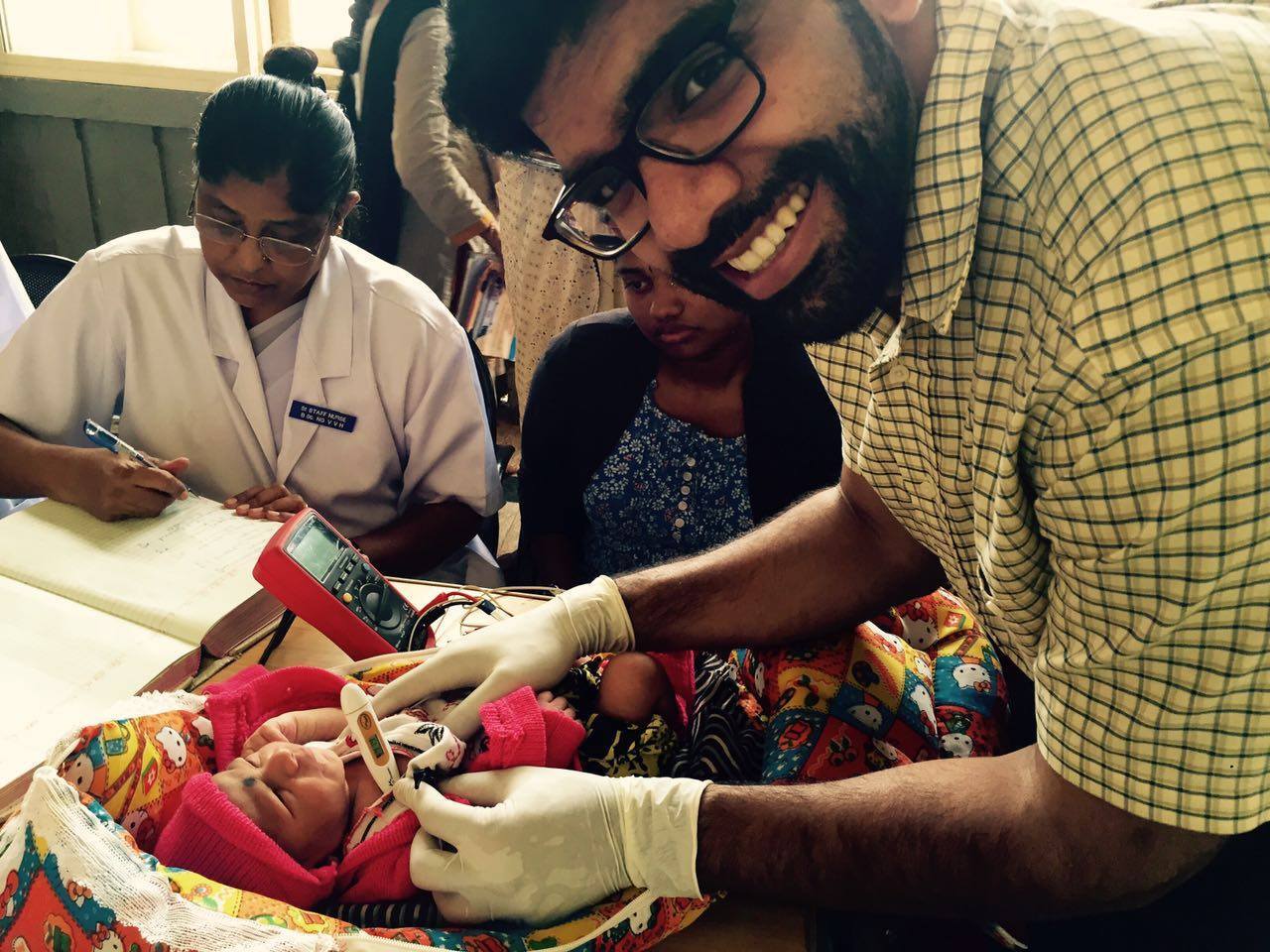
But before all of that, Narain worked at Johnson & Johnson, where he made medical devices. He’d been recruited for an engineering job there after graduating from Stanford. “I was in this new product development group and there was a lot of opportunity to brainstorm ideas for impact and talk to doctors — a little bit of a sweet spot that gave me the experience between what it takes to commercialize and get something on the market, do clinical trials, but also make changes or come up with something new.”
In 2012, Narain left the Bay Area to work in India, and that’s when his ideas around impact began to take shape. After working as an engineering manager at a neonatal care nonprofit called Embrace, he started spending time in hospitals to better understand the needs of underweight babies and their caregivers. “I started understanding why there was such a high mortality and injury rate for babies in India,” he says. That field research ultimately gave Narain the opportunity to test a monitoring device he’d been working on — now Bempu’s TempWatch — with doctors to find out how impactful it could be.
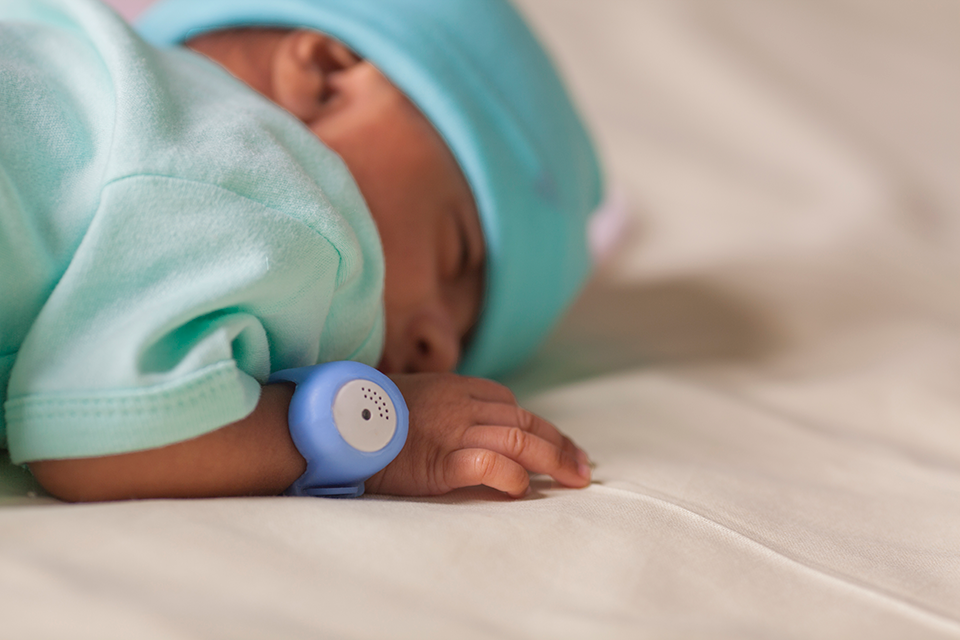
Narain had designed the device, a silicone bracelet that continuously monitors a newborn’s temperature for one full month, with someone specific in mind — the mother in the Karnataka hospital whose baby had died of hypothermia. “We had to figure out a way that these babies wouldn’t get hypothermic,” he says. “Eventually I came up with the idea that we just make a simple way for [caregivers] to monitor, and if the baby gets cold, we will alert them.”
The TempWatch was modeled after a predecessor device called the ThermoSpot, which was a public health breakthrough but had limitations. It didn’t light up, so parents had difficulty reading it at night, when hypothermia typically sets in.
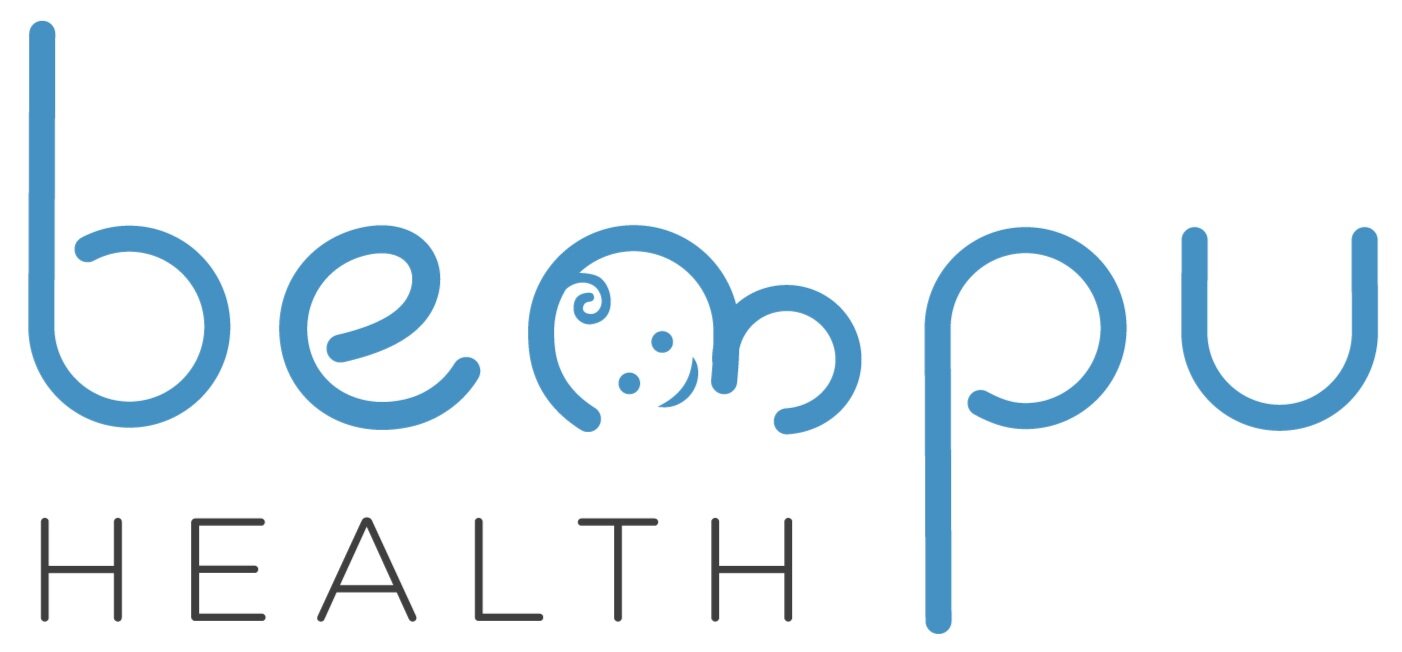
Narain’s innovation made it easier for parents, who in India often sleep with their babies. If the baby is warm, the TempWatch blinks a steady blue light, “not too bothersome to disturb the sleeping parents,” he says. But if the baby is cold or hypothermic, the bracelet starts blinking a red light — the color associated with emergency — and plays a gentle tune that’s loud enough to wake up the mother or the father, so they can warm the baby before blood sugar and breathing become compromised.
The TempWatch launched and that led Narain to found Bempu — a mashup of the “b” in “baby” and the “emp” in “temperature” — in 2013.
The right funding at the right time
Funders quickly realized the need that Narain was addressing. First came $100,000 grants from Grand Challenges Canada and the Bill & Melinda Gates Foundation, allowing him to fund initial manufacturing and production. “That was enough for us to get it on the market — and on babies — within 12 months,” he says. It also made it possible to test what he identified as his biggest risks — his business model and sales approach.
An award from Saving Lives at Birth then gave Narain the resources to conduct cost engineering, identify alternative vendors, and to iterate on his product after receiving feedback — leading to an improved, rechargeable version of the TempWatch. His experiences demonstrate the important role of funding that goes beyond the R&D stage to support vital needs like production and in-market testing. These types of grants are currently a scarce resource in the global health sector, but can be critical to hardware-based entrepreneurs working to launch an innovative new medical device.
Meeting the needs of many
Narain knew that the way to have the highest impact at scale was to get the TempWatch adopted by the Indian public health system. Indian government hospitals care for about a tenth of the world’s infants — about 14 million babies.
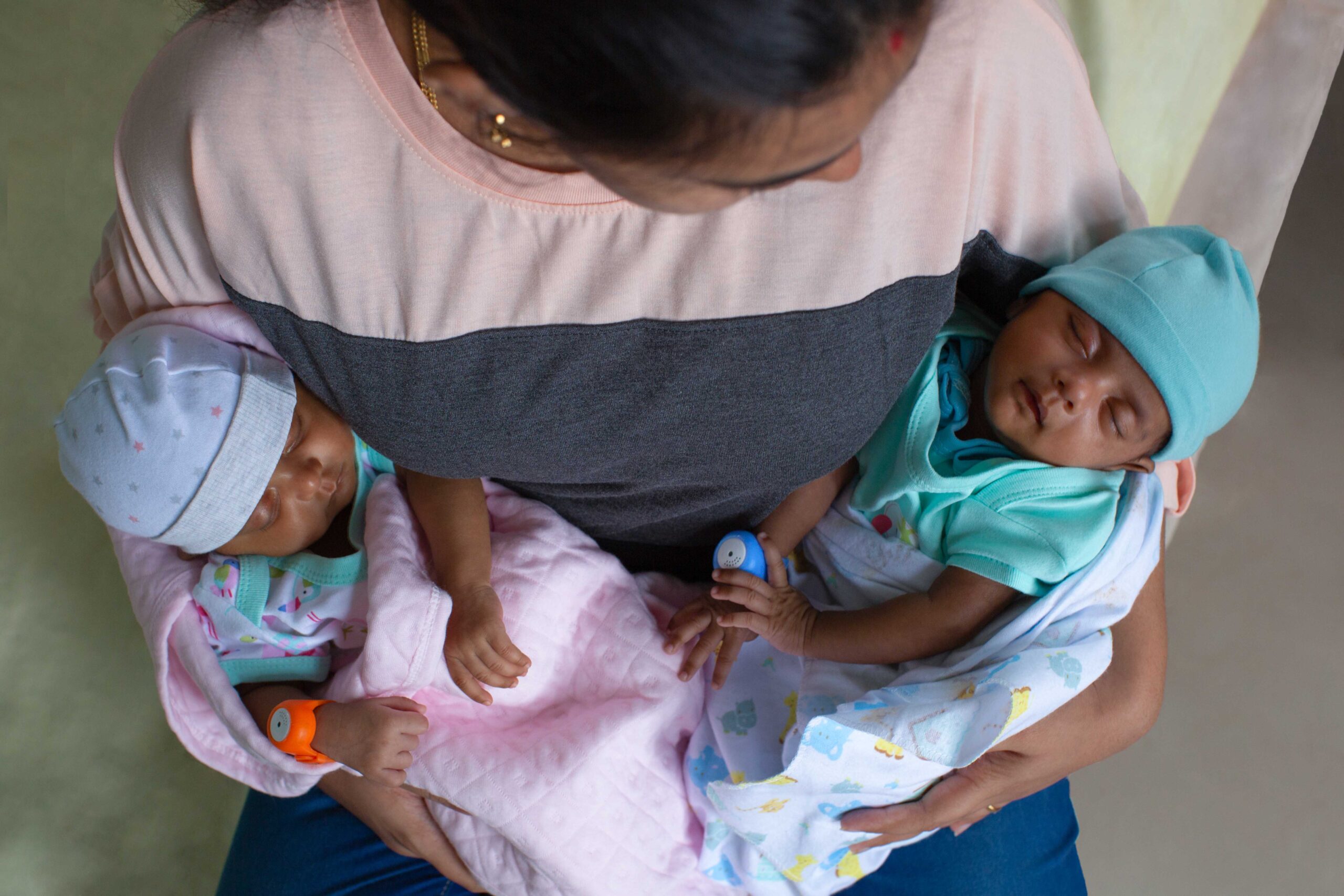
“We swung big to try to get into India’s national health program,” he says. “And we got into a lot of the budgets, but we were not able to get it all the way to bracelets on babies.”
Like many public healthcare systems in LMICs, India’s procurement system is designed to accept medical devices developed by large, multi-national companies that have already received foreign regulatory approval. That makes it more difficult for home-grown innovations like the TempWatch.
While Narain wasn’t successful in breaking through these systemic barriers, he kept selling to private hospitals in India. And he got his big break by partnering with UNICEF on pilot programs in LMICs beyond India — including Papua New Guinea, Benin, Zimbabwe, and elsewhere — and working with other public health partners and implementers.
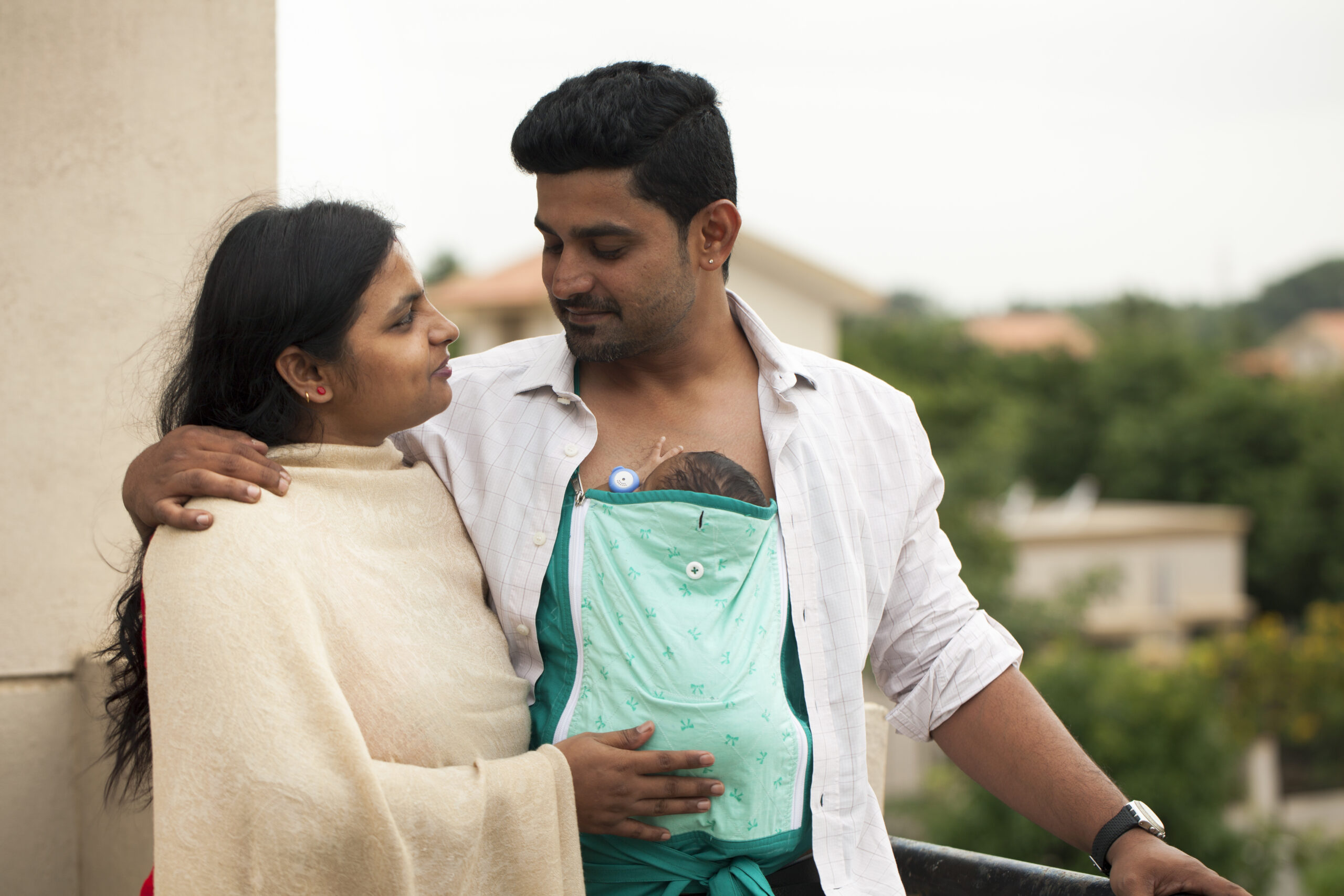
Since rolling out the TempWatch, Narain has also developed the KangaSling, a garment that helps parents practice something called “kangaroo care,” or holding their newborns close to their bodies to facilitate skin-to-skin contact.
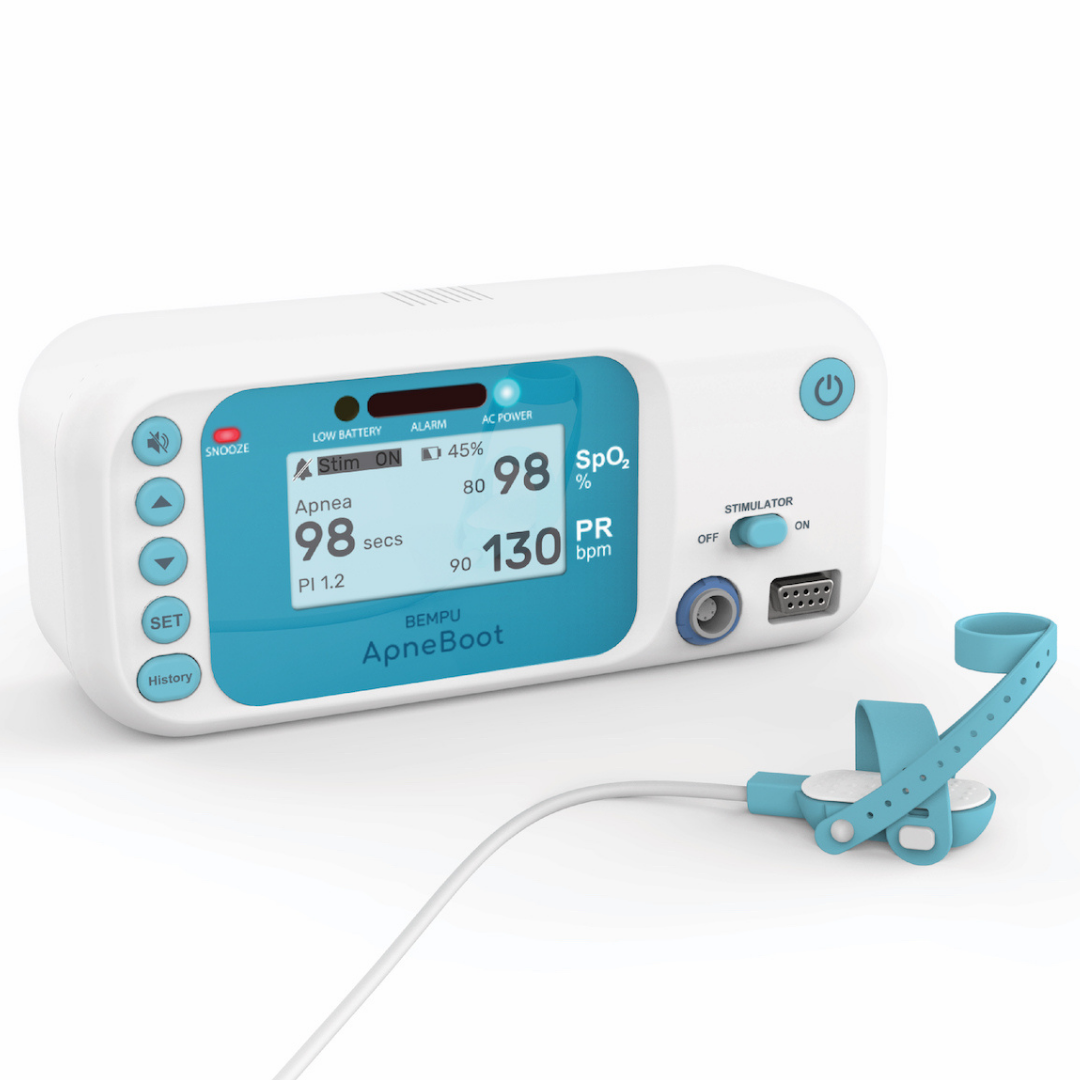
“There’s a huge initiative around that, across the world and across LMICs. But what we found is that mothers or fathers would do kangaroo care for a couple hours in the hospital and then they’d go home and wouldn’t necessarily do it. But doing it maybe eight hours a day for 30 days has shown to have these amazing improvements for the newborn.”
And during the pandemic, Narain launched ApneBoot, a NICU device that is fitted to a newborn’s foot. Its sensor detects when the baby stops breathing, and then vibrates to trigger the baby’s nervous system to start breathing again.
Narain credits his bosses at Johnson & Johnson for helping him realize his ideas and starting on his inventor’s pathway. “My first boss made me write a vision statement of where I wanted to be in 10 years, and I wrote that I wanted to be developing technologies that improved health for the world. So, it’s funny how that works out.”
Preventing and managing hypothermia in low-resource settings, says Narain, can reduce neonatal mortality by up to 42 percent. To date, his inventions have helped some 35,000 babies in 14 countries — getting him closer to closing that gap he first witnessed at the hospital in Karnataka.

